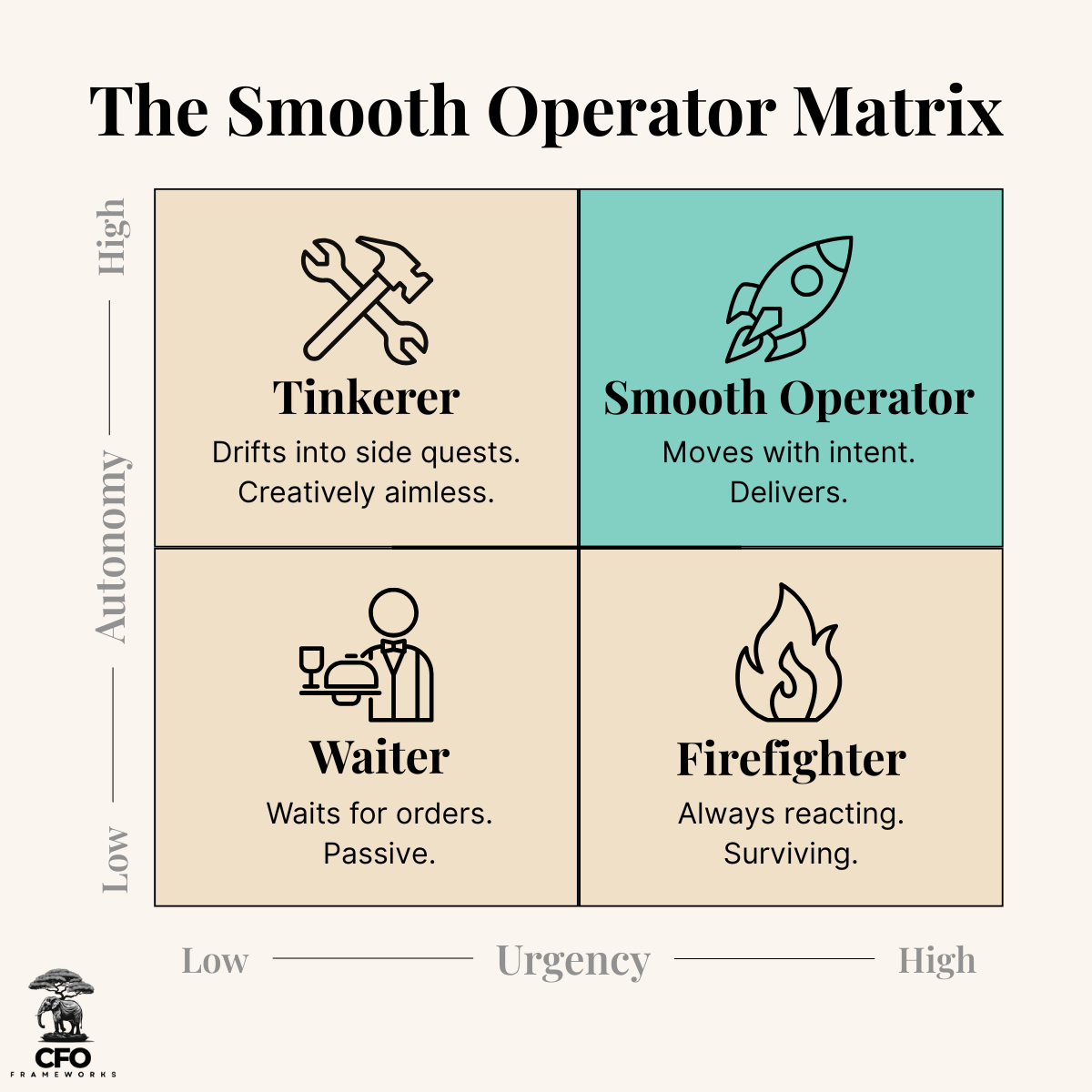Fast is Fragile
Why Urgency Needs Autonomy to Survive
In 1899, President McKinley had a problem.
The Spanish-American War was underway. The U.S. needed to coordinate with General García, leader of the Cuban insurgents. But García was deep in the jungle. No known address. No phone. No map.
McKinley summoned an officer.
"Where exactly is García?" he asked. The officer paused. "I'd need a proper map, some men, maybe a telegraph line set up first."
He summoned another.
"Should I wait for written orders?" the second asked. "And who’s in charge once I get there? Do we know if García will even cooperate?"
Excuses. Bureaucracy. Delay.
Finally, someone said, “Send Rowan.”
Lieutenant Andrew Rowan took the envelope, saluted, and left. No hesitation. No clarifying questions. No follow-ups. Weeks later, he emerged—mission accomplished.
That simple act of execution became a phenomenon. The essay A Message to Garcia sold 40 million copies. It was handed out in factories, classrooms, and even the Russian army. A parable of action over analysis.
As leaders, we face our own "García moments" daily. The board needs revised projections by morning. The CEO wants to understand acquisition implications before markets open. Auditors require documentation that seems buried in the jungle of legacy systems.
In these moments, we don't just need speed—we need something more fundamental.
Rowan didn’t move fast. He moved without friction.
The contrast between Rowan and the other officers wasn’t about intelligence or dedication. It was about something more elusive:
Autonomy paired with urgency.
Because in modern finance organizations, we’ve designed systems that produce far more hesitation than heroics.
The Real Problem with “Urgency”
We’ve taught our teams to value speed.
Respond quickly.
Escalate early.
Move fast.
But urgency without autonomy creates chaos.
More updates, fewer decisions.
More pressure, less progress.
More noise, less clarity.
The result? Slack pings. Dashboard proliferation. People hustling without moving forward.
Fast alone is fragile.
This isn’t just a people problem—it’s a system problem. Our workflows, approval chains, and communication norms often reward responsiveness over results.
We don’t need more hustle. We need smarter systems and better operators.
The Smooth Operator Matrix
A simple 2x2 to help diagnose how your team responds to pressure:
💤The Waiter: Needs direction at every step. Delivers only when told. Likely to ask, “Do we have a template?”
🔥The Firefighter: High urgency, low clarity. Constant motion, but usually sideways.
🔨The Tinkerer: Smart, independent, but too removed from real priorities. Polishes tools no one needs.
🚀The Smooth Operator: Knows the mission. Doesn’t need hand-holding. Escalates only when stuck. Think: Rowan.
This is a cousin to the Eisenhower Matrix. Where that framework helps prioritize tasks based on urgency and importance, this one diagnoses how work gets done. It's not about what gets done first—it's about how well it gets executed under pressure.
How to Build a Team and System of Rowans
If you want more Smooth Operators, you have to lead differently—and redesign your environment. Here’s how:
1. Start with Clarity
Give them the envelope.
Not just "analyze churn," but "help us understand if we're losing high-LTV users before renewal—and what to do about it."
Clarity turns passive receivers into active drivers. It transforms anxiety into action.
For People:
Anchor work in business outcomes, not tasks
Eliminate ambiguity around the "why"
Share context early—then step back
For Systems:
Make briefings concise and goal-oriented
Document intent alongside deliverables
Encourage outcome framing over project scoping
2. Grant Decision Rights
Let them move.
Rowan didn't email for approvals halfway through the jungle. Your team shouldn't need five sign-offs to launch a dashboard.
Define what they own. And what they don’t need to ask about.
For People:
Explicitly delegate decision boundaries
Normalize escalation after action, not before
Audit what work is blocked and why
For Systems:
Build default approval thresholds
Streamline workflows in tools (e.g., Slack, Jira, Asana)
Limit synchronous bottlenecks to true exceptions
3. Create Execution Space
Get out of the way.
This means fewer check-ins, fewer alignment meetings, fewer status docs. Trust doesn’t scale through visibility. It scales through outcomes.
For People:
Protect maker time for deep work
Swap recurring syncs for async updates
Trust is built by not hovering—start there
For Systems:
Use tools that reinforce async over real-time
Eliminate redundant status checks
Encourage visibility through progress, not presence
4. Frame Urgency with Purpose
Not everything is García-level.
Use urgency selectively. When something really matters, explain why. Not “we need this now,” but “this unlocks a decision on $2M of spend.”
People run harder when they know where the finish line is—and why it matters.
For People:
Align on what’s truly urgent vs simply fast
Highlight business impact with every deadline
Urgency without clarity leads to burnout
For Systems:
Triage requests based on business value
Time-box reactive cycles
Keep the Eisenhower Matrix visible when setting priorities
Closing Reflection
Message to Garcia became a global sensation not because Rowan moved quickly—but because he moved with direction and autonomy.
Your best people want that same clarity. That same trust.
They don’t want the checklist. They want the envelope.
Build the system. Empower the people.
Find your Rowans.
Give them the mission.
Let them deliver the message.
Ready to share this?
If you found it helpful, forward it to your team or peers. Great finance leaders spread clarity, not chaos.



